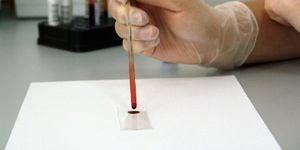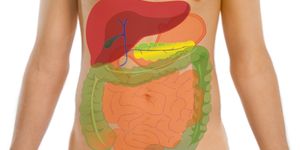Next Year, Astronauts Will Launch from American Soil For the First Time Since 2011
NASA relies heavily on the help of Russia’s Soyuz spacecraft to get American astronauts to and from the International Space Station, and the goal is to change that very soon.
The last time astronauts launched into space from American soil was in 2011, when the Space Shuttle Atlantis took off for the last time. Although NASA retired the Space Shuttle program later that very same year, commercial space companies like Boeing and SpaceX are currently working to bring crewed space launches back to the United States in modern times with the help of NASA's Commercial Crew Program.
Both companies have built space capsules (CST-100 Starliner from Boeing and Dragon 2 from SpaceX) and docking systems that can put astronauts and supplies on the International Space Station, and in 2018, each one will get a chance to demonstrate their capabilities to NASA.
Image Credit: SpaceX
Related: SpaceX sends a used Dragon cargo ship to the International Space Station for the first time
Crewed missions come with a significantly higher risk than un-crewed missions because there is a potential for the loss of human life. With that in mind, the companies need to show that their systems are both capable and safe enough for human transport, as NASA takes astronaut safety more seriously than most.
SpaceX will start things off in February of 2018 with an uncrewed demonstration flight test dubbed SpaceX Demonstration Mission 1. This launch will serve as the primary test to see if SpaceX's Dragon 2 capsule can make it into space safely and perform its duties. In June of 2018, SpaceX will follow up with a crewed demonstration flight test dubbed SpaceX Demonstration Mission 2, which will officially break the ice as the first astronaut launch on American soil since 2011.
Boeing will be a bit later to the party, but they'll get all the same opportunities as SpaceX. They'll start by launching an uncrewed demonstration flight test in June of 2018 dubbed Boeing Orbital Flight Test. After a short hiatus, and if everything goes well, they’ll launch the Boeing Crew Flight Test in August of 2018.
Out of the two companies, we’ve seen a lot more public activity from SpaceX. They’re famous for launching reusable Falcon 9 rockets that land upright on a landing pad after they’ve served their purpose. Soon, these same rockets will carry the capsules that will ferry astronauts to and from the International Space Station.
Falcon 9 rockets are no stranger to International Space Station missions; they've been used previously on resupply missions to provide current astronauts with essential food portions and science experiments. Nevertheless, Falcon 9 rockets have a dark side too; they’ve been known to blow up unexpectedly.
Boeing’s capsule, on the other hand, will hitch a ride atop an Atlas V rocket. These aren't reusable like the SpaceX rocket is, but they've certainly demonstrated their capabilities.
There’s undoubtedly a ton of anticipation for these upcoming events. Not only could these initiatives help make space launches more accessible for NASA, but they will slash space travel costs and reduce our dependency on other nations to visit the International Space Station and perhaps other destinations in the future.
It should be interesting to see how all of this plays out; fortunately, we won’t have to wait too long.
Source: NASA









